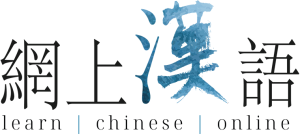Vocabulary and phonetics of lesson 3
Learn Chinese: phonetic and vocabulary
tā :
she. Sounds like "he" but the character is different. The t is an aspirated consonant. It must be pronounced by expelling a little blast of air to make a little explosion.
xìng :
to be called (using surname). The x is pronounced with the top middle part of the tongue :
jiào :
to be called (using first name or last name and first name). The j is pronounced as 'dz' but with the top middle part of the tongue:
shénme :
what?
míngzì :
first name. After the z, the i is a buzzed continuation of the consonant :
shéi :
who?
xiānsheng :
sir. The x is pronounced as an 's' but with the top middle part of the tongue. ian is pronounced like English "yen":
xuéshēng :
student (different from tóngxué which means "classmate").
xiǎojiě :
Miss, young lady
shì :
to be. After s, sh, c, ch, z, r, the i is a buzzed continuation of the consonant :
rènshi :
to know, to be acquainted with. The sound r is pronounced with the tongue vibrating in the curled back position.
de :
structural particle (see the grammar)
shìde :
that's right
gāoxìng :
to be happy
xiǎomíng :
a first name, literally "little light"
wáng :
a family name / king (cannot be used alone, the word for 'king' is guówáng).
lǐ :
a family name / plum (cannot be used alone, the word for 'plum' is lǐzi).
Note on tones: when 2 lower tones follow each other, the first syllable becomes a rising tone :
- nǐhǎo is actually pronounced níhǎo
- xiǎojiě
is actually pronounced xiáojiě
This change only occurs in the spoken language, not in writing.
